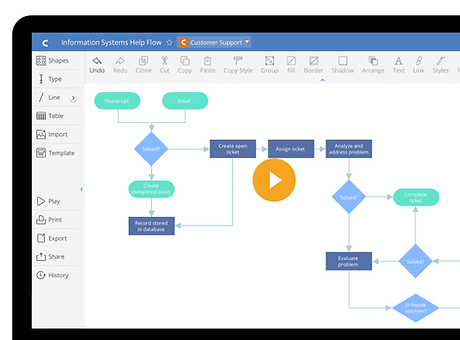Graduate Showcase
Below is a collection of work I completed during my time in the Master of Arts in Educational Technology (MAET) program. The pieces I have chosen exemplify my growth and learning throughout the program. Reflecting on my time in the MAET program, I divided my work into two sections: Thoughts on Learning and Technology Integration. Thoughts on Learning includes work that demonstrates my philosophies and beliefs about learning. Projects exhibited in Technology Integration includes work that demonstrates high-quality, meaningful technology use in the classroom.
Thoughts on Learning
Thoughts on Learning

In this essay, I outline my vision and beliefs for the use of technology in an educational setting. I explain how effective, targeted, and meaningful technology use can propel student achievement, and discuss the need for equitable access to resources for both teachers and students. Creating this vision statement was critical in helping me identify my core beliefs on technology use in schools.

For this research project, I worked closely with a few colleagues on solving a Wicked Problem. The problem we were tasked to solve is how to use failure as a learning tool. Together we researched how to elevate failure in the classroom, and the benefits of encouraging failure. Our solutions are presented in our Blendspace, where we worked collaboratively on our paper, Popplet, and mash-up. This project exemplifies my ability to think critically about an educational issue, and synthesize peer-reviewed research to develop a solution to an issue.

For several months, I worked with a struggling emerging reader as part of the Literacy Learner Analysis. Over time, I provided targeted, differentiated instruction to improve her literacy skills. The purpose of this project was to learn the strengths and weaknesses of a reader, assess, monitor, and intervene, leading to a more effective approach to literacy instruction.

My Professional Learning Network (PLN) has always been a valuable tool as an educator. In this blog post, I analyze my PLN and create a Popplet visualizing my connections. This visualization of my PLN has allowed me to realize the importance of the connections I make, both in person and digital. I continue to grow and refine my PLN to this day.
Thoughts on Learning

In this blog post, I introduce a new technology and brainstorm several ways that the tool can be used in the classroom. Then, I demonstrate an innovative way that the tool can be used both effectively and meaningfully in a lower elementary math lesson. Often, schools push the use of technology for the sake of use, but this highlights the importance of targeted, intentional technology integration.

This Schoology course was created as an online course for a fourth grade science classroom. The purpose of this course was to provide effective, meaningful teaching through an online learning platform. Similar to the Makey-Makey project, this continues to highlight the importance of intentional technology integration. This has helped me to better scrutinize my own technology use. To access this course, after you have clicked on the link, enter the code XV7N8-PZTNV.

I created this Nearpod as a professional development session for teachers on screencasting and SAMR (Substitution Augmentation Modification Redefinition) Model. The purpose of the professional development session is twofold: 1) teachers will understand the SAMR model and how to apply it to their curriculum, and 2) teachers will learn how to integrate screencasting into the classroom in a meaningful way, using the SAMR Model.

This is a culminating lesson on food chains and webs in fourth grade. In it, students use the online diagramming tool Cacoo to create a product demonstrating their knowledge of food webs. This lesson also aligns with Renee Hobb's critical competencies, by integrating access, creation, and acting.
(Hobbs, R. (2011). Digital and media literacy: Connecting culture and classroom. Thousand, Oaks, CA: Corwin/Sage)